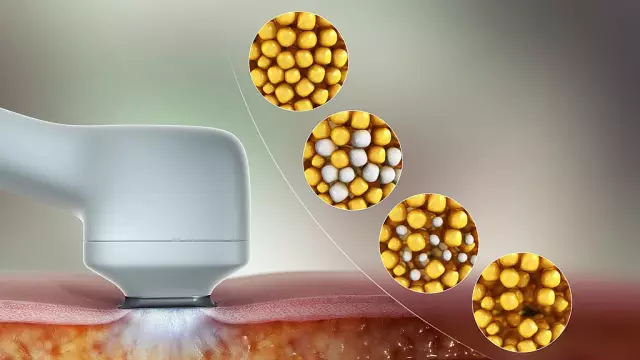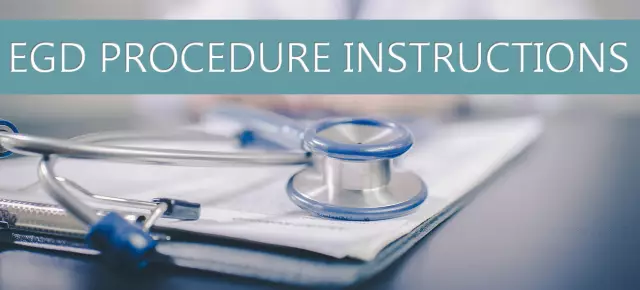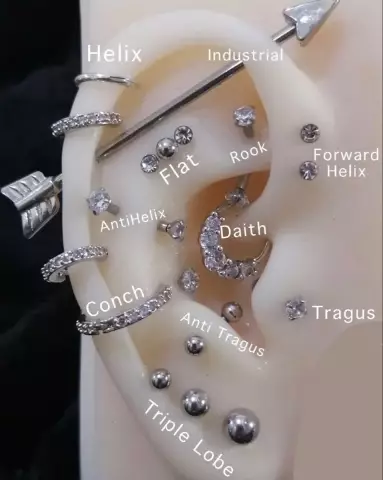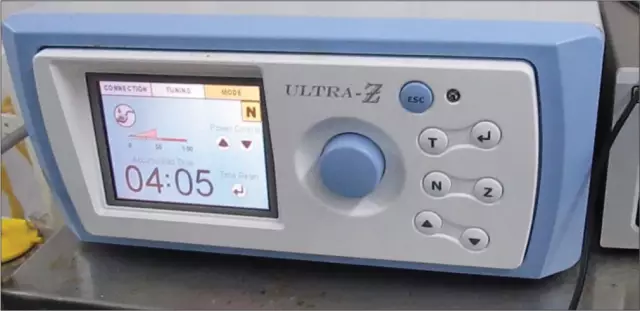- Author Rachel Wainwright [email protected].
- Public 2023-12-15 07:39.
- Last modified 2025-11-02 20:14.
Cryolipolysis

Cryolipolysis (cryoliposuction) is a modern body shaping technique that promotes rapid and effective reduction of the fat layer without harming the surrounding tissues.
The cryolipolysis technique was developed and patented by scientists at the University of Massachusetts, Drs. R. Rox Anderson and Dieter Manstein, who worked at the hospital at the Harvard University School of Medicine.
Cryolipolysis devices are patented as medical devices by Zeltiq Aesthetics, Inc. and are widely used in medical clinics, spas and beauty centers in many European countries.
Basic principles of cryolipolysis
The basic principle of cryolipolysis is the hardware cooling of fat cells. At the same time, during the procedure, only certain areas are exposed, and the surrounding tissues are not affected.
During the cryolipolysis procedure, the applicator is attached directly to the problem area. Only the fatty layer is exposed to the apparatus, while the muscles, skin and nerves remain protected.
During cooling, the fat cells release cytokline and other inflammatory mediators, as well as lipids. The cryolipolysis procedure promotes the gradual death of fat cells, which, after exposure, like edible fats, are transported for processing by the lymphatic system.
The key principles of cryolipolysis are:
- Selective impact only on the problem area;
- The cryolipolysis process does not cause tissue death (necrosis);
- No side effects.
The safety of cryolipolysis is ensured by the devices with which the procedure takes place. As a result of the procedures carried out, a long-term gradual effect is observed, which ensures a decrease in the volume of the fatty layer in the most problematic areas.
The indications for cryolipolysis are fat folds 2.5-6 cm thick located in the back, abdomen, arms, forearms, sides, knees.
The procedure takes no more than one hour. However, cryolipolysis, according to reviews, has an effect within a month. Most often, one procedure is enough to significantly reduce body fat. In some cases, it is possible to carry out a repeated cryolipolysis session, but not earlier than after 3-4 weeks.

Since in the process of cryolipolysis there is a gradual splitting of fat cells, this gives a guaranteed result from the procedures performed, which is further recommended to be maintained with proper nutrition and moderate physical activity. In this case, the result achieved during the cryolipolysis process will remain stable.
Cryolipolysis benefits
Cryolipolysis has a number of advantages over many other cosmetic procedures that help reduce body fat. According to doctors and according to reviews, cryolipolysis:
- It has an effect only on the problem area, without exerting a systemic effect on the entire body, and also does not damage the skin, blood vessels and other tissues;
- It is a non-invasive procedure;
- Has an average level of aggressiveness;
- Well tolerated, without requiring additional preparation and recovery after the procedure;
- It is a fairly comfortable and painless procedure that is performed on an outpatient basis;
- Does not cause side effects.
Accurate control of the level of cooling is possible thanks to modern equipment with which cryolipolysis is carried out.
Contraindications to cryolipolysis
Contraindications to cryolipolysis are:
- Allergic reactions (especially cold urticaria) to exposure to low temperatures;
- Diabetic polyneuropathy;
- Severe circulatory disorders in the area of the intended impact;
- Blood clotting disorder;
- Postherpetic neuralgia;
- The presence of open wounds, scars or hernias in the affected area.
Found a mistake in the text? Select it and press Ctrl + Enter.






